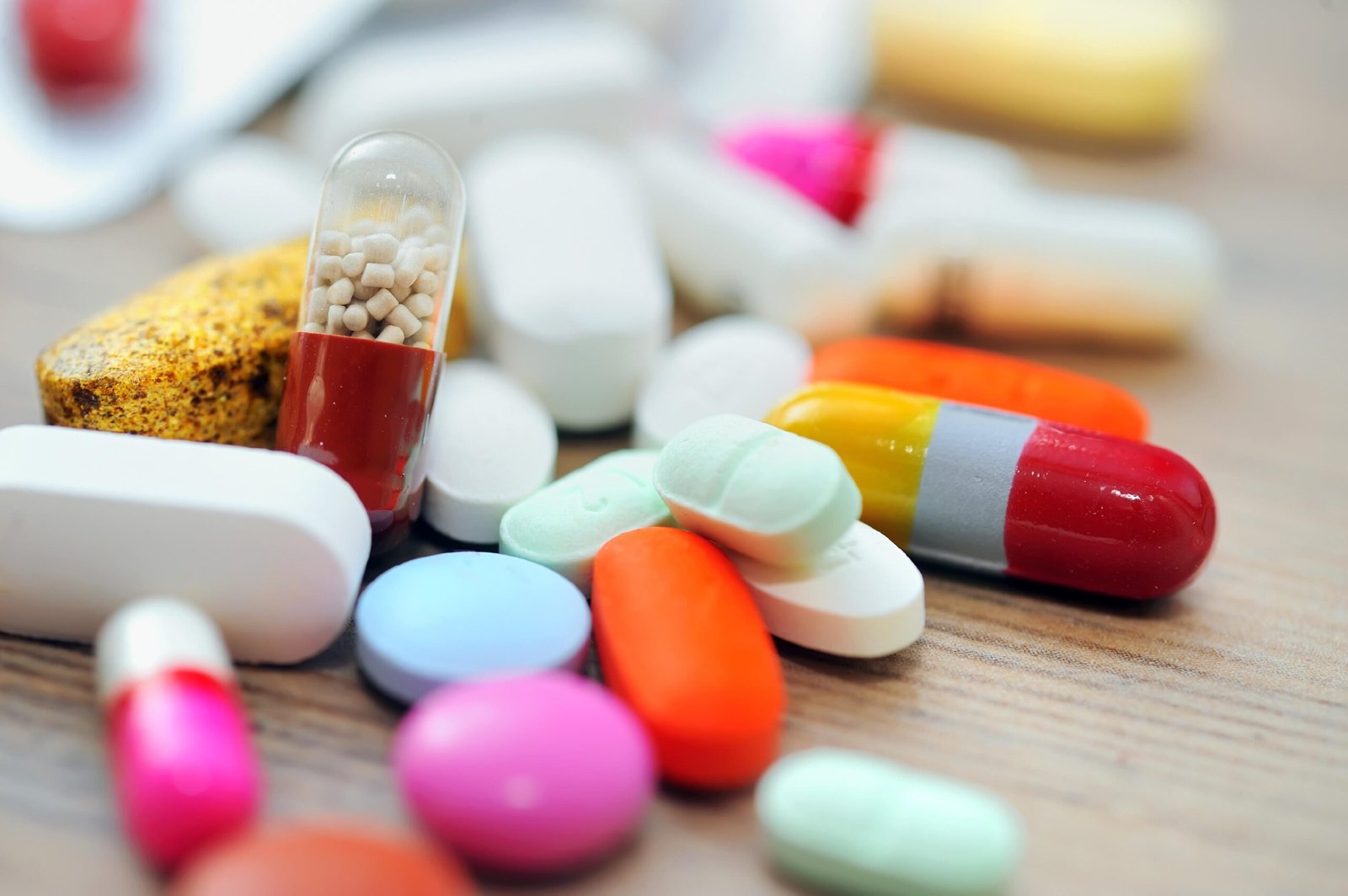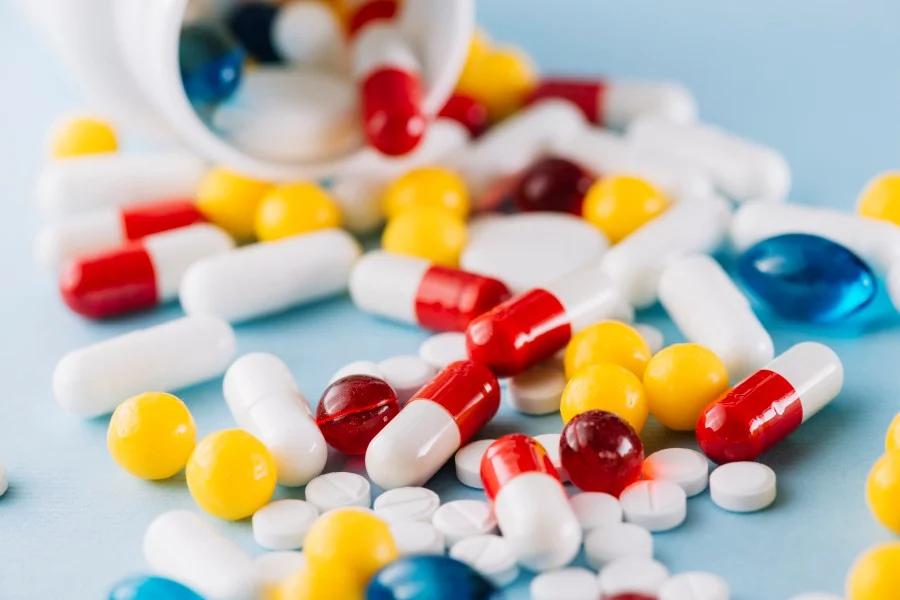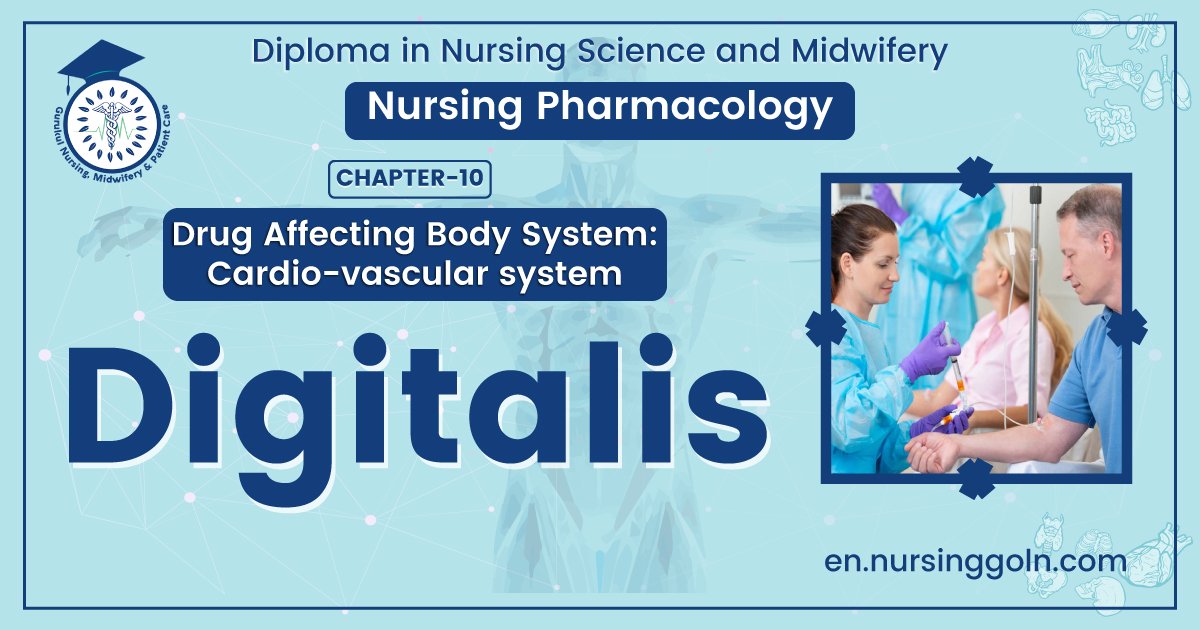Concept Of Digitalis- This book covers the entire syllabus of “Pharmacology” prescribed by BNMC- for diploma in nursing science & midwifery students. We tried to accommodate the latest information and topics. This book is an examination setup according to the teachers’ lectures and examination questions.
At the end of the book, previous questions are given. We hope in touch with the book students’ knowledge will be upgraded and flourish. The unique way of presentation may make your reading of the book a pleasurable experience.
Concept Of Digitalis
➤ Drugs having their major action on heart or blood vessels, or those used primarily for cardiovascular disorders are designated cardiovascular drugs.
➤ They can act directly on the cardiovascular structures or through autonomic/central nervous system, kidney, autacoids or hormones which regulate cardiovascular function.
Conventionally, drugs acting on cardiovascular system are divided into four groups:
1. Cardiotonic drugs.
2. Anti-hypertensive drugs.
3. Anti-arhythmic drugs.
4. Anti-anginal drugs.

Cardiotonic Drugs
Drugs which increase the force of contraction of the heart are called cardiotonic drugs.
Classification
| Cardiac Glycosides | Anti-cholinergic drugs | Xanthine | Sympathomimetic drugs | Imidazole ring containing drugs |
| Digoxin Digitoxin | Atropine Scopolamine | Theophylline Theobromide | Adrenaline Dopamine Isoprenaline | Pilocarpine Tolazoline Phentolamine |
Cardiac Glycosides
These are glycosidic drugs having cardiac inotropic property. They increase myocardial contractility and output in a hypodynamic heart without a proportionate increase in Oz consumption. Thus, efficiency of failing heart is increased. In contrast, ‘cardiac stimulants’ (Adr, theophylline) increase O₂ consumption rather disproportionately and tend to decrease myocardial efficiency.
Classification of cardiac glycosides:
According to the source:
• Natural and
• Synthetic
Natural:
A. Plant source:
1. From leaves of foxgloves:
Digitalis purpurea: Digoxin. Digitoxin.
Digitalis lanata: Digoxin, Lanatoside-c.
2. From seeds of foxgloves:
Strophanthus kombi: Cymarin, Cymarol.
Strophanthus grams: Ouabain squall.
3. From dry bulb: Proscillaridine.
B. Animal source: Toad venom: Bufotoxin (secretion of parotid gland of toad).
Synthetic
1. Digitoxigenin
2. Digoxigenin
3. Gitoxigenin
Chemistry
➤ The cardiac glycosides consist of an aglycone (genin) to which are attached one or more sugar (glucose or digitoxose) moieties.
➤ The aglycone consists of a cyclopentanoperhydrophenanthrene (steroid) ring to which is attached a 5 or 6 membered unsaturated lactone ring.
Properties of cardiac glycosides
➤It has -OH group at Cla position.
➤ It has “Lactone ring” at C17 position.
Digitalis
All digitalis glycosides have qualitatively similar action. Digoxin is described as prototype.
Mechanism of action Digitalis increases force of cardiac contraction by a direct action independent of innervation. It selectively binds to extracellular face of the membrane associated Na+ K+ ATPase of myocardial fibres and inhibits this enzyme. Inhibition of this cation pump results in progressive accumulation of Na+ intracellularly. This indirectly results in intracellular Ca2+ accumulation. Digitalis Arrhythmia-Increase excitability—-–Decrease RMP-Inhibition of Na+-K+-ATPase enzyme————K flows out of the cell-Slowing of A-V-Bradycardia (Heart block) Decrease Na+- K+ pump Increase intracellular Na+ Inhibit Na-Ca++ exchange Increase intracellular Ca++ Interaction of actin and myosin Increase cardiac contractility Improvement of symptom |
Mechanism of action of digitalis:
➤ Digitalis works by inhibiting sodium-potassium ATPase.
➤ This results in an increased intracellular concentration of sodium ions and thus a decreased concentration gradient across the cell membrane.
➤ This increase in intracellular sodium causes the Na/CA exchanger to reverse potential, i.e., transition from pumping sodium into the cell in exchange for pumping calcium out of the cell, to pumping sodium out of the cell in exchange for pumping calcium into the cell.
➤ This leads to an increase in cytoplasmic calcium concentration, which improves cardiac contractility.

➤ Under normal physiological conditions, the cytoplasmic calcium used in cardiac contractions originates from the sarcoplasmic reticulum, an intracellular organelle that specializes in the storage of calcium.
➤Human newborns, sorne animals, and patients with chronic heart failure lack well developed and fully functioning sarcoplasmic reticula and must rely on the Na/Ca exchanger to provide all or a majority of the cytoplasmic calcium required for cardiac contraction.
➤ For this to occur, cytoplasmic sodium must exceed its typical concentration to favor a reversal in potential, which naturally occurs in human newborns and some animals primarily through an elevated heart rate; in patients with chronic heart failure it occurs through the administration of digitalis.
➤ As a result of increased contractility, stroke volume is increased. Ultimately, digitalis increases cardiac output (Cardiac Output-Stroke Volume x Heart Rate).
➤ This is the mechanism that makes this drug a popular treatment for congestive heart failure, which is characterized by low cardiac output. Digitalis also has a vagal effect on the parasympathetic nervous system, and as such is used in reentrant cardiac arrhythmias and to slow the ventricular rate during atrial fibrillation.
➤ The dependence on the vagal effect means digitalis is not effective when a f patient has a high sympathetic nervous system drive, which is the case with acutely ill persons, and also during exercise
Pharmacological actions on heart:
Digitalis has direct effects on myocardial contractility and electrophysiological properties, it has vagomimetic action, reflex effects due to alteration in haemodynamics and direct CNS effects altering sympathetic activity.
A. On normal heart
➤ Direct positive inotropic action (but no change in length of myocardial fibre). Decrease heart rate (so, decrease cardiac output).
➤ Increase systolic and mean systemic arterial pressure due to direct arteriolar contraction
➤ Decrease central venous pressure.
B. On failing heart (two beneficial effects)
➤ Direct action: Positive inotropic action.
➤ Indirect action: Decrease sinus rate, so decrease heart rate.
Yagal
- Tone is increased reflexly by sensitization of baroreceptors, as well as by stimulation of vagal centre.
Extra-vagal
- A direct depressant action on SA and A-V nodes. This component of bradycardia is not reversed by atropine.
Blood vessels
Digitalis has mild direct vasoconstrictor action-peripheral resistance is increased in normal individuals. However, in CHF patients this is more than compensated by the indirect effect of improvement in circulation, i.e. reflex sympathetic overactivity is withdrawn and a net decrease in peripheral resistance occurs.

Kidnev
Diuresis occurs promptly in CHF patients, secondary to improvement in circulation and renal perfusion. The retained salt and water is gradually excreted. No diuresis occurs in normal individuals or in patients with edema due to other causes.
CNS
Digitalis has little apparent CNS effect in therapeutic dose.
1. Higher doses cause CTZ activation nausea and vomiting.
2. Still higher doses produce
- Hyperapnoea
- Central sympathetic stimulation
- Mental confusion
- Disorientation
- Visual disturbances,
Eve: Visual disturbance particularly the appearance of a yellow-green tings (xanthopsia).
GIT: Anorexia, nausea, vomiting.
Gynaecomastia (due to prolong use).
Pharmacokinetics
The pharmacokinetic features of digoxin are listed in Table below.
Pharmacokinetic features of digoxin |
Oral absorption | 60-80% |
Plasma protein binding | 25 |
Time course of action* -Onset -Peak -Duration | 15-30 min 2-5 hr 2-6 days |
| Plasma th | 40 hr |
Therapeutic concn. | 0.5-1.4 ng/ml |
Toxic concn. | > 2 ng/ml |
Daily maintenance dose | 0.125-0.5 mg |
Daily elimination** | 35% |
Route of elimination (predominant) | Renal excretion |
| Route of administration | Oral, iv |
Of full digitalizing dose given i.v.; fraction of total amount present in the body.
Adverse effects
Toxicity of digitalis is high, margin of safety is low (therapeutic index 1.5-3). Higher cardiac mortality has been reported among patients with steady-state plasma digoxin levels 1.1 ng/ml but still within the therapeutic range during maintenance therapy. About 25% patients develop one or other toxic symptom. The manifestations are:
Cardiac | Extracardiac |
1. Almost every type of arrhythmia can
2. Partial to complete A-V block may be the sole cardiac toxicity 3. Severe bradycardia 4. Atrial extrasystoles | 1.GIT
2. CNS:
| 3. Eye:
4. Others:
|
Indications of digoxin
Indication | Reason |
Atrial fibrillation | Benefiting by reducing A-V, conduction |
Left ventricular failure | Benefiting by increasing myocardial contractility |
CCF | Benefiting by increasing myocardial contractility |
| Atrial flutter | Benefiting by shortening of refractory period |
| Paroxysmal supraventricular tachycardia | Benefiting by the vagal effect on the SA node |
Digitalisation
➤ Subjection of a patient to the action of digitalis is called digitalisation.
Digitalisation may be done by three ways
1. Emergency digitalisation.
2. Rapid digitalisation.
3. Slow digitalisation.
Total digitalisation dose (TDD):
- Loading dose
➤ Oral route: 0.75-1.25 mg.
➤I/V route: 0.5-1.0 mg.
- Maintenance dose
➤Oral route: 0. 125-0.5 mg.
➤I/V route: 0.25 mg
| Emergency digitalisation | Rapid digitalisation | Slow digitalisation |
| Calculate TDD (usually 1 mg if patient has not been taking digitalis). 0.5 mg dissolved in 10 mg of 0.97 NaCl solution. Administer the solution slowly (5 minutes or longer). Another 0.5 mg can be given 3-4 hours apart in same way. Maintenance dose = 0.25 mg (1 tablet -0.25 mg). | 1 tablet of digoxin -0.25 mg. 2+0 +2: 2days (Digitalizing dose) 0+1+0 0+1+0: Maintenance dose. 1+0+1: 3days or, Maintenance dose, 2+2+2: | 0+1+0: 1 day. Maintenance dose |

Treatment of digitalis poisoning
- Further doses of digoxins must be stopped at the earliest sign of toxicity
- Nothing more needs to be done in many patients, especially if the manifestations are only extracardiac
Digitalis poisoning manifestation | Treatment |
For tachyarrhythmias | When caused by chronic use of digitalis and diuretics (both induce K depletion)-infuse KCI 20 m.mol/hour (max. 100 m. mol) i.v. or give orally in milder cases. |
For ventricular arrhythmias | Lidocaine i.v. repeated as required is the drug of choice. |
For supraventricular arrhythmias | Propranolol may be given i.v. or orally depending on the urgency |
| For A-V block and bradycardia | Atropine 0.6-1.2 mg i.m. may help; otherwise cardiac pacing is recommended. |
Other measures:
- Chelating agent, e.g. EDTA to reduce Ca++
- Colestyramine: to prevent digoxin absorption form GIT.
- Digoxin antibody: Digoxin specific binding fragment inactivates digoxin in plasma (Digoxin antidote).
Precautions and contraindications
Contraindications | Reason |
Hypokalemia | Enhances digitalis toxicity |
Elderly, renal or severe hepatic disease | Patients are more susceptible to digoxin toxicity. |
Myocardial ischaemia | Severe arrhythmias are more likely. |
Thyrotoxicosis | Patients are more prone to develop digitalis arrhythmias. |
| Myxcosdema | These patients eliminate digoxin more slowly; cumulative toxicity can occur |
Ventricular tachycardia | Digitalis is contraindicated because it may precipitate ventricular fibrillation. |
Partial A-V block | May be converted to complete A-V block by digoxin. |
Acute myocarditis | Diphtheria, acute rheumatic carditis, toxic carditis-inotropic response to digitalis is poor, more prone to arrhythmias. |
| Wolff-Parkinson-White syndrome | Digitalis is contraindicated because it decreases the ERP of bypass tract in 1/3 patients. In them rapid atrial impulses may be transmitted to ventricles VF may occur. Digitalis can increase the chances of reentry by slowing conduction in the normal A-V bundle and accelerating it in the aberrant pathway. |
Drug interactions of digoxin
Interaction | Possible result |
Diuretics | Cause hypokalemia which increases the risk of digitalis arrhythmias; potassium supplements should be given prophylactically. |
Calcium | Synergises with digitalis precipitates toxicity |
Quinidine | Reduces binding of digoxin to tissue proteins as well as its renal and biliary clearance by inhibiting efflux transporter P-glycoprotein plasma concentration of digoxin is doubled toxicity can occur. Verapamil, diltiazem, captopril, propafenone and amiodarone also increase plasma concentration of digoxin to variable extents. |
Adrenergic drugs | Can induce arrhythmias in digitalized patients; both increase ectopic automaticity. |
Metoclopramide, sucralfate, antacids, neomycin, sulfasalazine | Digoxin absorption may be reduced |
Propranolol, verapamil, diltiazem and disopyramide | May additively depress A-V conduction and oppose positive inotropic action |
| Succinylcholine | Can induce arrhythmias in digitalized patients. |
Read more:
